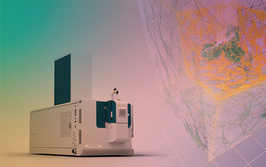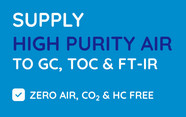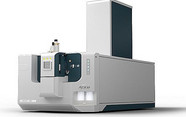Increase Removal of Fat and Pigment from Avocado Extracts Prior to GC-MS Analysis of Pesticide and Metabolite Residues

contributed by Sigma Aldrich |
Introduction
The health benefits of avocado are associated with its high content of healthy fat, fiber, vitamins and minerals. Avocado consumption in the United States has steadily grown, with sources of the fruit being both domestic and imported.1 The fat content of avocado is typically in the range of 10-15%, and this can pose a special analytical challenge when performing pesticide residue analysis. If not removed, fat compounds can interfere with analysis, resulting in elevated detection limits and contamination of LC and GC systems.
QuEChERS Cleanup Sorbents
QuEChERS (Quick, Easy, Cheap, Effective, Rugged and Safe) has become a very popular method for the extraction and cleanup of fruit and vegetable samples prior to pesticide residue analysis.2-4 The extraction step uses a salt (such as magnesium sulfate) to drive compounds into acetonitrile, added as the extraction solvent. Cleanup is then accomplished using dispersive SPE (dSPE) with sorbents that include:
- PSA (primary-secondary amine) – for removal of polar pigments, sugars, and organic acids
- C18 – for removal of lipids and non-polar components
- Graphitized carbon black – for removal of chlorophyll and carotenoids
Log in or register to read this article in full and gain access to The Analytical Scientist’s entire content archive. It’s FREE!

















